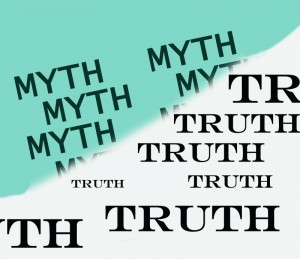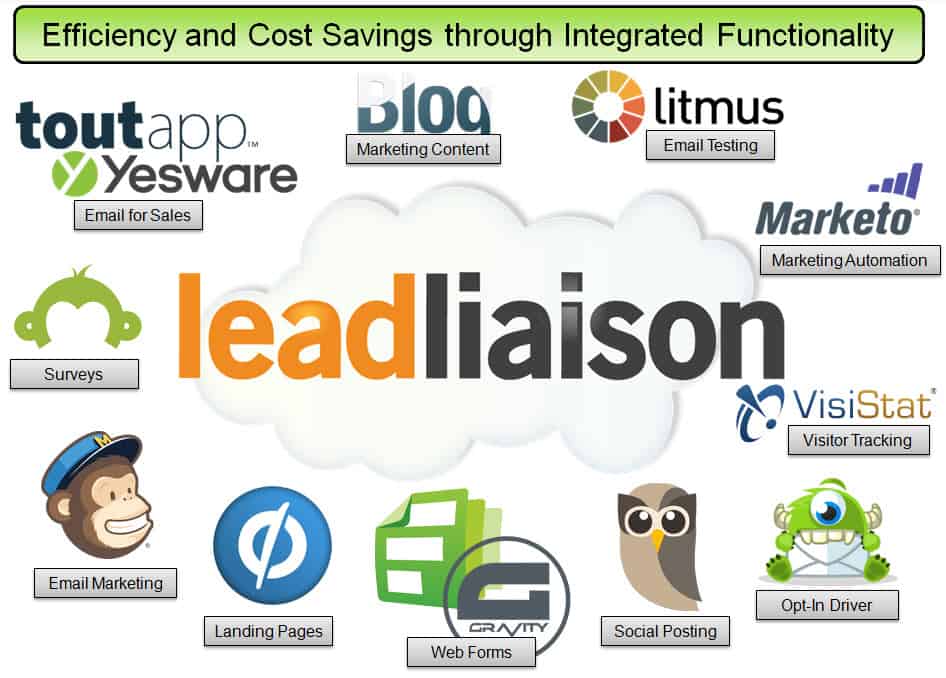Leading Marketing Automation Provider Brings Donation Management to Nonprofit Organizations
Lead Liaison Empowers Small to Mid-Sized Nonprofit Organizations (NPOs) with Complete Marketing Automation System to Grow their Business, Community and Donor Base
Allen, TX (PRWEB) March 31, 2015 – Lead Liaison, the leading provider of marketing automation software to the mid-market, has announced the availability of their donation and payment management system as part of their solution for marketing automation for nonprofits.
The software market for nonprofits is very fragmented with limited choices for small to mid-sized nonprofits. Today, a nonprofit has to cobble together different solutions for email marketing, donor management, social media, event marketing, etc. to form an effective solution. Larger, “heavy” nonprofit software packages geared for enterprise-level nonprofits aren’t a good option either. Most small to mid-sized nonprofits don’t have a need for volunteer management, auction management and other services that might be overkill. Many platforms for nonprofits, such as Blackbaud, Salsa Labs and the like, aren’t right-sized for small to mid-market nonprofits that can’t afford the hefty price tag.
Nonprofits share a few things in common, donors and communities. Donations are the lifeblood of nonprofits making it essential to accept, track and manage donations. In recognition of the market gap for a complete system that builds donor and community followers, Lead Liaison has integrated a robust, flexible donor management system with its leading marketing automation platform. The donation management system supports both one-time and recurring donations and integrates with over 30 payment gateways. Now, small to mid-sized nonprofits will benefit from having donation management in addition to Lead Liaison’s core marketing capabilities for social, email, mobile and offline marketing to extend donor and community outreach and create long lasting relationships with donors. Read more about Lead Liaison’s marketing solution for nonprofits.
Lynn Rogers, Development and Community Relations Manager at Fossil Rim says:
“We’re always looking for better ways to serve our donor base. When I heard about Lead Liaison’s new donation management features, I thought it was a perfect fit for nonprofits. Fossil Rim is a growing nonprofit, we know first-hand that it’s important to have the right marketing tools to be successful. We’re excited about what Lead Liaison is doing. They’re making the process of accepting recurring and one-time donations super easy. Now, it’s simple to communicate with your donor base once you’re collecting and tracking all donor activity. Donation management is a crucial piece of functionality for nonprofits. When you tie that functionality into marketing automation you’ve got a powerful solution that can help any nonprofit.”
Alan Page, VP of Customer Success, adds:
“We understand our Revenue Generation Software platform is horizontally applicable. In other words, the technology spans multiple markets. We’re always thinking of ways to optimize the platform for specific applications. For this reason, we’ve introduced our donation management module. With a few button clicks, a nonprofit can build a payment collection form that supports over 30 payment gateways. We’ve worked with leading payment processor platforms such as Stripe, PayPal, Authorize.net, Worldpay and some 20+ others to enable acceptance of one-time and recurring donations. Nonprofits simply embed our form into their website and Lead Liaison begins tracking and managing all donations. When donations come in, we can trigger a series of multi-channel marketing actions, such as texts, emails, postcards, and much more (over 3,000 marketing items) as a follow-on from the donation. When the marketing arm of a nonprofit needs to reach back out to their donor base, its a 2-minute process since we keep a log of all donations.”
About Fossil Rim
Fossil Rim Wildlife Center is where Africa comes to Texas. The 1,800-acre preserve holds a 9.5 mile scenic drive where you can interact with over 1,100 rare and endangered animals roaming free in their herds. Stay in your car, reserve your spot on a guided tour, or even spend a night at Safari Camp or Lodge to see over 50 different species of wild animals including cheetahs, wolves, giraffes, rhinos and more. For more information on Fossil Rim visit http://www.fossilrim.org/
About Lead Liaison
Lead Liaison is a cloud-based sales and marketing automation solution that helps businesses accelerate sales by attracting, converting, closing and retaining more prospects. Filling a void in the small pool of marketing automation providers that focus on marketing-centric functionality, Lead Liaison gives equal focus to sales support with solutions such as a hot-lead dashboard, Buy Signals and a live ticker alert of businesses on the customer’s website. Lead Liaison blends ease-of-use, a flexible business model, deep external integration, marketing across social, web, mobile, email and offline channels and powerful functionality, all specifically tailored for mid-sized businesses, into a single platform, called Revenue Generation Software®. Additionally, Lead Liaison provides content creation services leveraged for communication vehicles such as press releases, blog posts, emails, and posts on social media platforms. Lead Liaison is headquartered in Allen, Texas, near Dallas, and employs 22 people. For more information, visit http://www.leadliaison.com or call 1-800-89-LEADS (895-3237).










